Today I'm teaming up with the Animal and Plant Health Inspection Service of the United States Department of Agriculture to bring you important information about invasive pests.
I'm spreading the word about the USDA-APHIS's Hungry Pests program. What exactly is a "Hungry Pest?" Sometimes I could call Leo one because he's always hungry and pesters me to cook him something! Hehe! No, seriously, a "Hungry Pest" is an invasive, foreign pest that has entered our country and has caused billions of US dollars in damages to agricultural crops, trees, and plants.
Knowing about Hungry Pests is Important!
If you just plant a few flowers or add some shrubs and trees to your yard or even grow a few vegetables, then you are a gardener. And gardeners are the front line soldiers in this fight against invasive pests that cause so much destruction.
I'm sure you have heard about how chestnut and Dutch elm trees were decimated about 100 years ago and how the boll weevil nearly destroyed the cotton crop in the South during the early part of the 20th century. Yep! We're talking about those kinds of things that can totally wipe out a species if steps are not taken to control them.
Well, today it's ash trees that are being attacked by the emerald ash borer, one of the 19 invasive pests identified by the USDA-APHIS (Animal and Plant Health Inspection Service.)
How do these Hungry Pests get into our country and cause so much devastation? Generally, they arrive due to commercial trade but once they are here, PEOPLE are the main way they get spread from place to place. So the USDA is turning to PEOPLE to be part of the solution.
So what can an ordinary homeowner or a backyard vegetable gardener do to help prevent the spread of these Hungry Pests? Here are a few tips.
Be aware of Invasive Pests
Well, first, we need to know about these pests and learn about how they spread and threaten our crops, forests, parks, and gardens. All of this information can be found on the USDA-APHIS (Animal and Plant Health Inspection Service) along with photos of the invasive pests and ways to protect your property from them. You can even check to see if your state has a federal quarantine or is at risk for Hungry Pests.
Buy plants from reputable sources
When purchasing shrubs, trees, flowers, or vegetable transplants and seeds, only buy from reputable sources. Personally, Leo and I buy our transplants and flowers for our yard and garden from a local greenhouse where the owners have agricultural degrees and comply with federal restrictions.
We have also purchased shrubs and trees from several local nurseries that have been in business for years and have established reputations.
For non-GMO seeds, I order online from several companies that I trust or I purchase them from a local feed and seed store. I stay away from seeds and plants sold in discount or big box stores. But most importantly, never buy plants or trees from the back of a truck because you don't know if they've been inspected for pests or where they originated!
Don't bring or mail plants to your state
Oh boy! Do we need to educate the general population on this one! Just recently our neighbor gave us a plant that she brought back with her from California. (We live in South Carolina.)
Although her intent was a good one, I was unfamiliar with the plant and knew that it shouldn't have been transported. I didn't know if a pest had hitch-hiked its way on the plant or if the plant may become invasive in our environment. So the plant was disposed of quickly! The same is true for citrus fruits, too. Don't bring them into your state unless agricultural inspectors have declared them pest free.
Consult with your local USDA office
Your local USDA office can tell you how to safely dispose of trees, branches, or other yard debris. Moving those materials, including fire wood, may spread invasive pests.
Our local USDA office is located in the same building as our county extension office, but you can locate yours by checking HERE. If you see any round or D-shaped holes in your trees, be safe and report your suspicions to them. You can also find out if your state is under quarantine for a particular invasive pest.
To learn more ways to protect your property from invasive pests, visit Animal and Plant Health Inspection Service.
You'll find information about which pests threaten each state, an online tracker of federal quarantines, and phone numbers to report signs of these invasive pests. If you love flowers in your yard, good food on your table, and the trees that give you shade, then make yourself aware of these pests. Let's all do our part to preserve those things that we treasure. And don't forget to tell your friends by sharing this post on social media

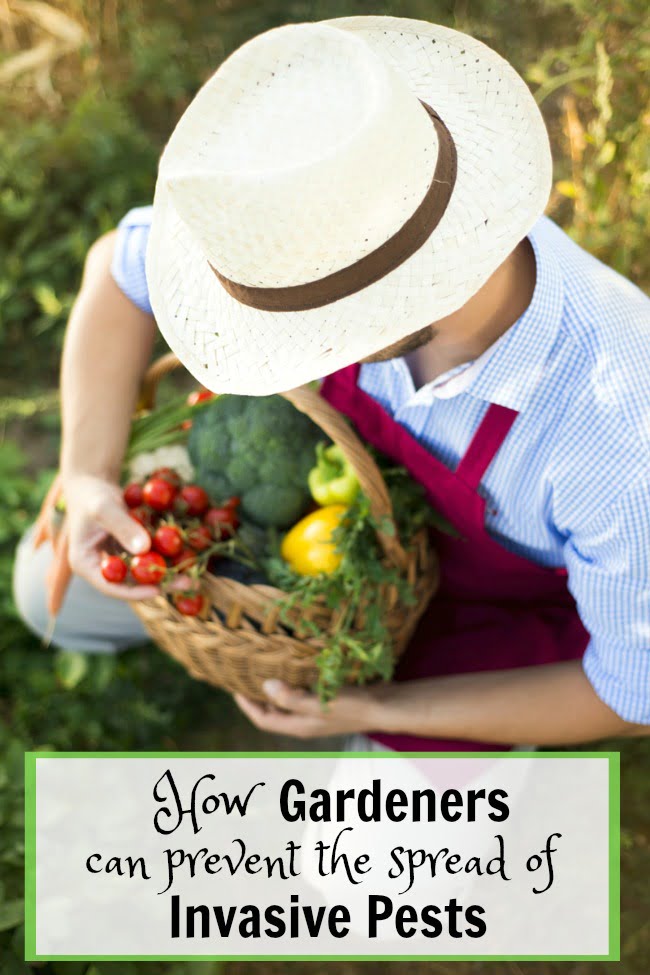
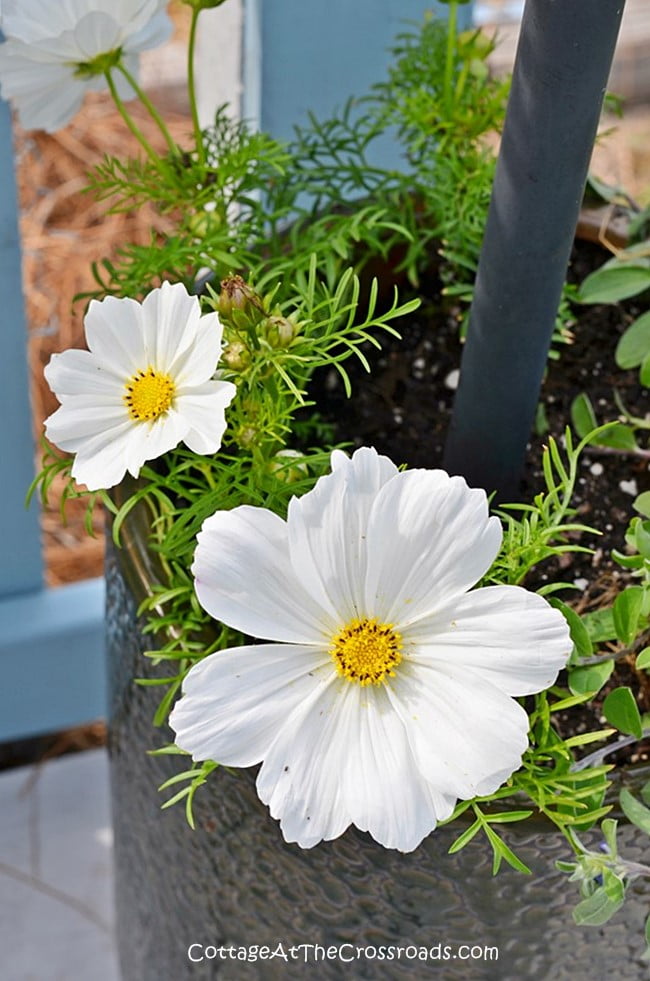
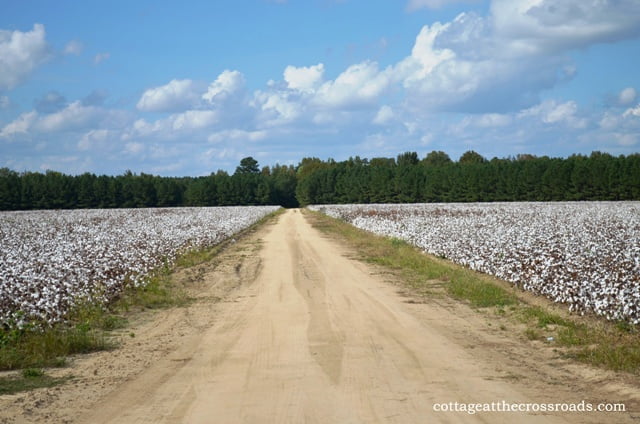
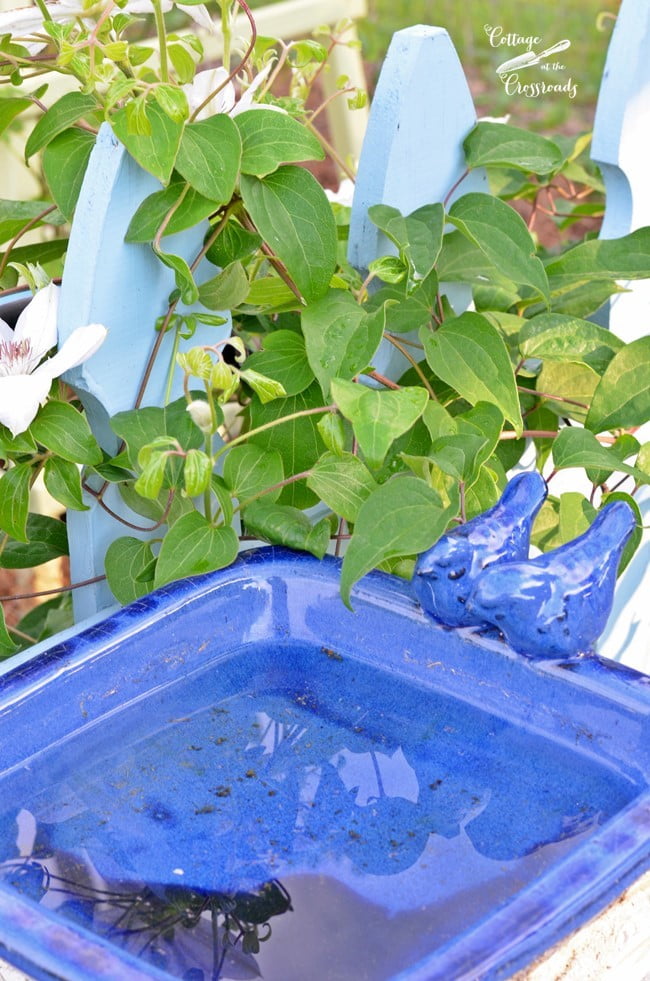
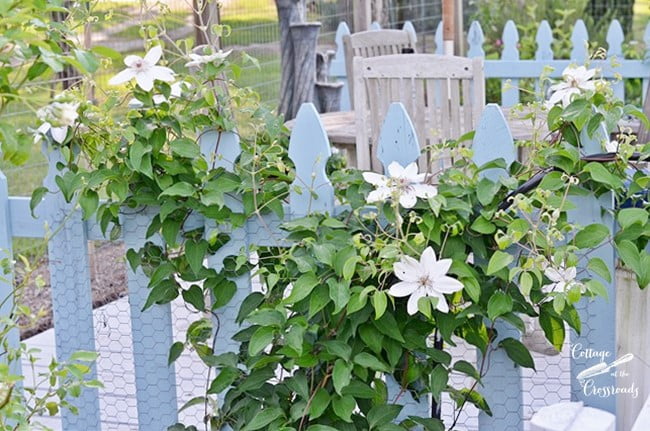
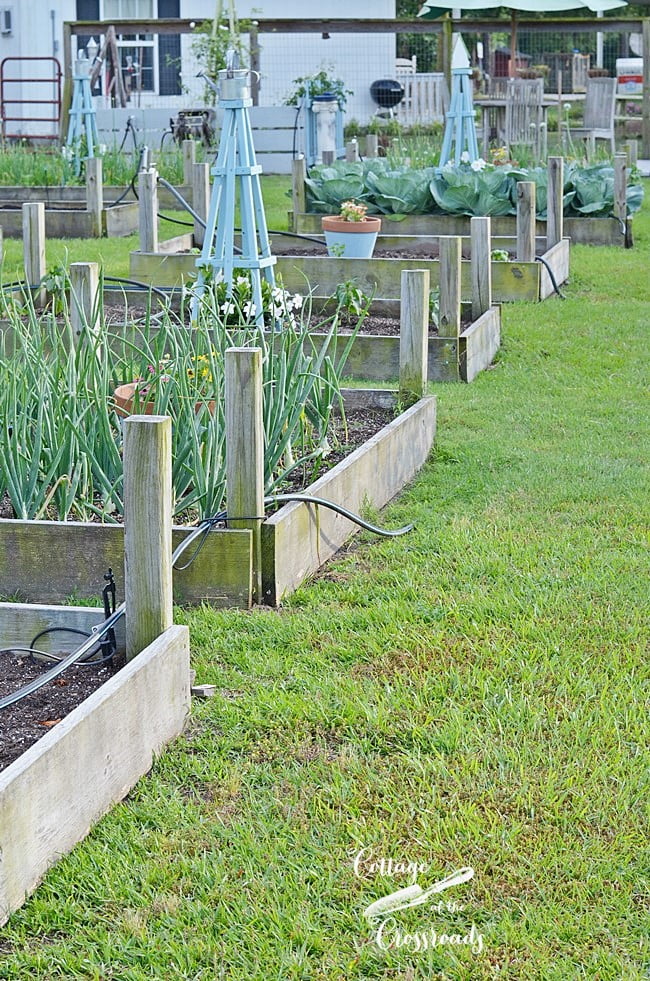
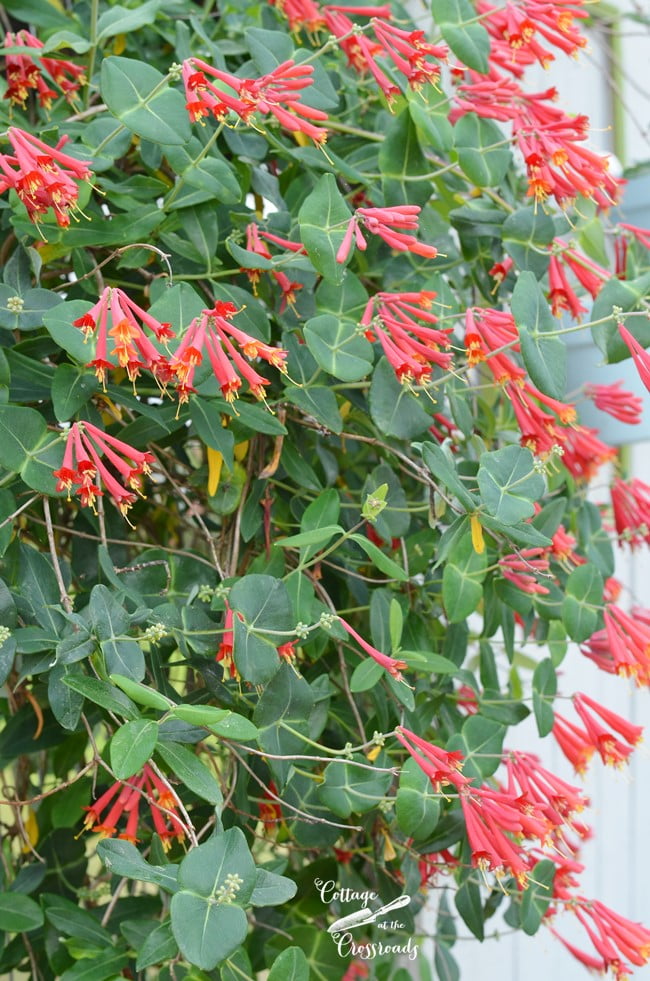
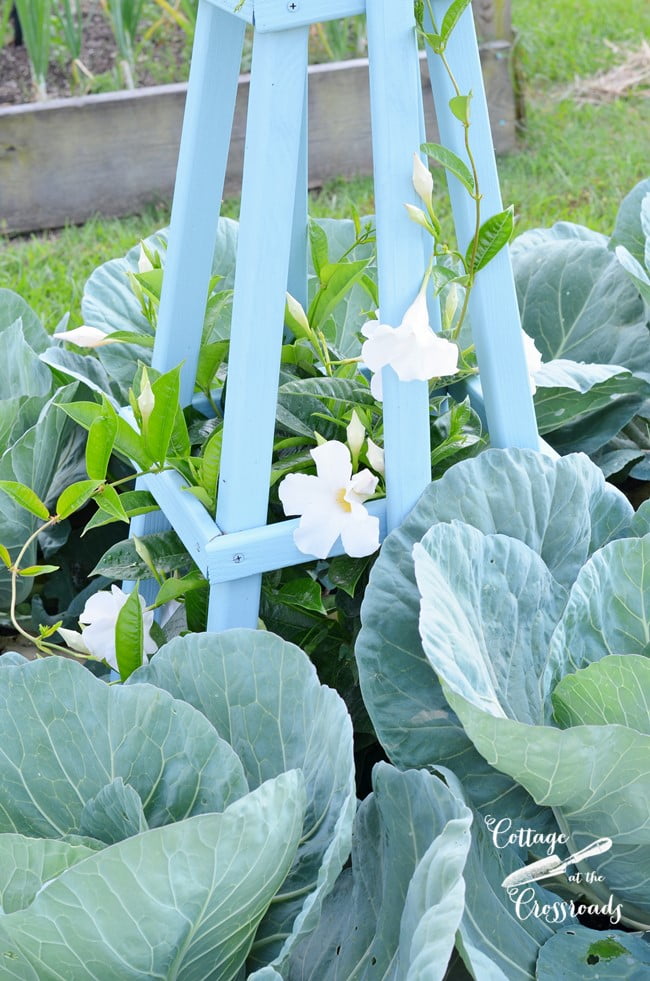
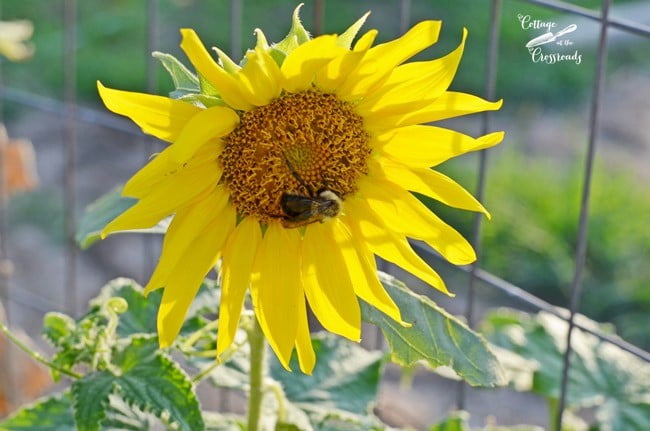
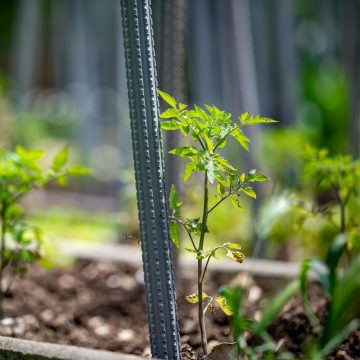
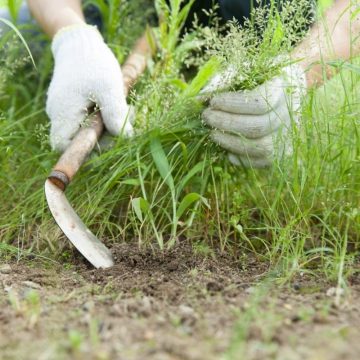
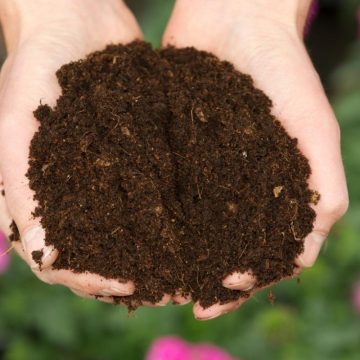
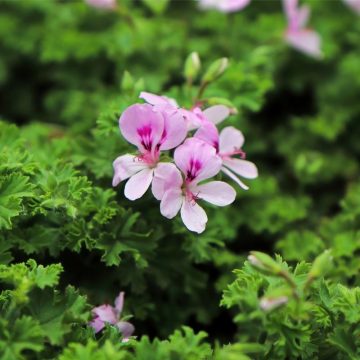
Comments
No Comments